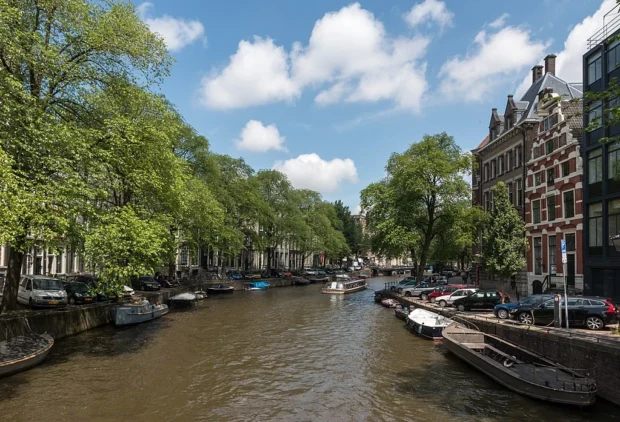Amsterdam stands as a city of elegance and history, wrapped in the gentle flow of its canals and the charm of narrow, high houses that lean just a little-each telling stories of centuries past. Walking through the city, you encounter a lively mixture of old and new, from cobblestone alleys to modern art galleries, all inviting curiosity and reflection. The city’s essence is not only in its sights but in the simple moments: sitting in a quiet café, watching bicycles stream past, or enjoying a fresh stroopwafel in a bustling market. In this guide, I share observations and insights to help you appreciate Amsterdam’s beauty, culture, and everyday life.
Table of Contents

Iconic Places to See in Amsterdam
No visit to Amsterdam is complete without a stroll around its famous canals, a UNESCO World Heritage site. These waterways create a unique layout, and boating on them offers a serene view of the city’s architecture and bridges. Not far from the water, the Rijksmuseum is a treasure trove of Dutch art and history. Here, masterpieces by Rembrandt and Vermeer hang in grand rooms that whisper the legacy of the Dutch Golden Age. For details and tickets, the official Rijksmuseum website provides a helpful guide to plan your visit.

Another landmark is the Anne Frank House, where the atmosphere is solemn yet powerful. The preserved rooms and exhibitions tell the story of Anne Frank’s diary and the courage in the face of adversity. It’s wise to book tickets in advance, as the site receives many visitors daily.
For a deeper look into Amsterdam’s history and resilience, the Anne Frank House visit nearby offers a powerful complement to the city’s vibrant landmarks.

The vibrant Dam Square pulses with energy; historical and political life converge here. The Royal Palace overlooks the square, a regal reminder of the city’s connection to Dutch monarchy and governance. From here, a short walk takes you to the flower market, the only floating market in the world, offering colorful blooms and a hint of the city’s love for nature.
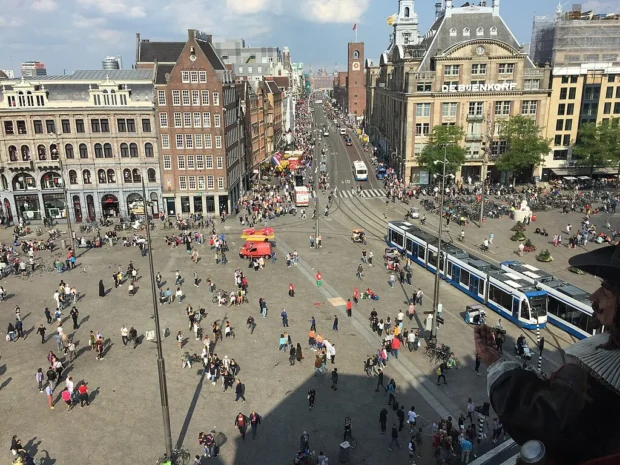
City Transport and Getting Around Amsterdam
Arriving at Amsterdam Schiphol Airport, the quickest way to the city center is by train, a smooth ride running every few minutes. Amsterdam Central Station, the heart of public transport, links you to trams and buses that crisscross the city. Trams are especially recommended; they glide along easily and provide a glimpse into daily city life. Renting a bicycle is another popular choice, echoing the local rhythm where cyclists are everywhere, moving gracefully and confidently.
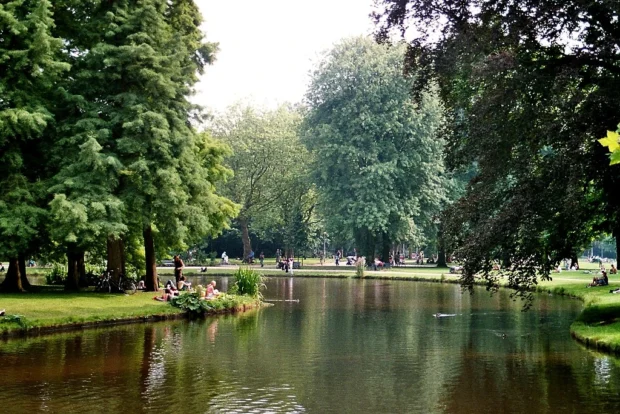
When using public transportation, it’s polite to keep noise low and offer seats to elderly or pregnant passengers. In Amsterdam, people often say “Alstublieft” (ahl-stoo-BLEEFT), meaning “please,” and “Dank je wel” (dahnk yuh vel) for “thank you.” These simple phrases earn smiles and warm responses.
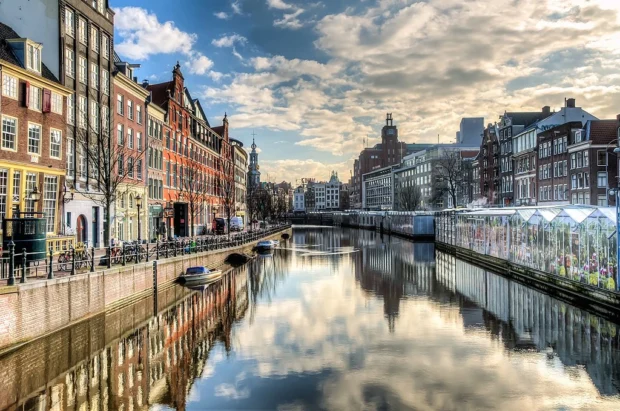
Taste Amsterdam in Its Neighborhoods
Culinary exploration in Amsterdam is a delight. The Jordaan district, once a working-class area, now shines with cozy cafés, small restaurants, and artisan shops. Here, I enjoyed a fresh herring sandwich from a street vendor-a classic Dutch treat best eaten by holding the fish by the tail and taking a bite. It’s a playful local custom that many first-timers find surprising.
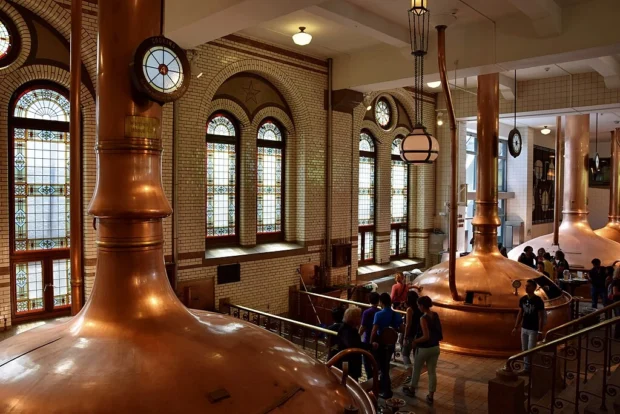
For a more formal meal, try Dutch pancakes called pannenkoeken, often larger and thinner than their American cousins, topped with sweet or savory ingredients. The De Pijp neighborhood offers an array of eateries serving not only Dutch dishes but flavors from around the world, blending Amsterdam’s diverse culture.
For those captivated by historic European cities, St. Mark’s Basilica in Venice showcases stunning architecture and rich heritage worthy of a visit.

Markets like Albert Cuyp are perfect for sampling stroopwafels-thin waffles with caramel syrup in the middle. Watching vendors prepare these treats fresh, feeling the warm caramel melt on your tongue, is a simple pleasure that stays with you.
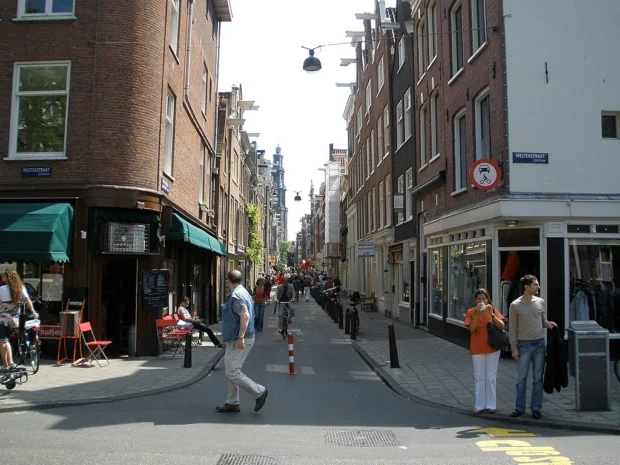
Architecture and City Sights with Stories
Amsterdam’s architectural beauty mixes Gothic churches with baroque façades and modern glass designs. The Westerkerk church near the Anne Frank House features a tall tower visible from many points in the city. Legend has it that its bells played a comforting role for sailors returning home.
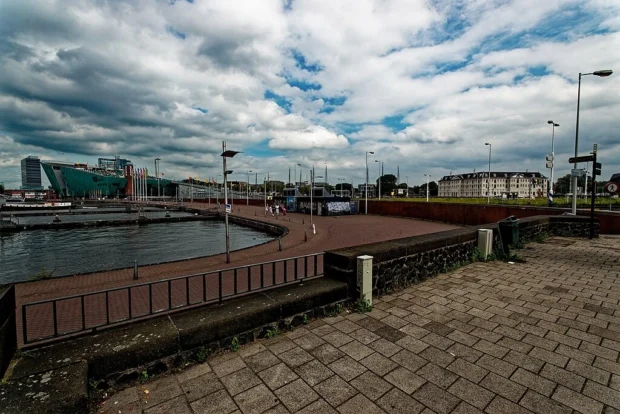
Alongside the canals, the houses lean slightly forward. This is not a sign of decay but a practical design feature from the past: the wooden beams on the front help hoist goods to upper floors without harming the building itself. Watching these charming inclines invites reflection on the city’s adaptations to life by the water.
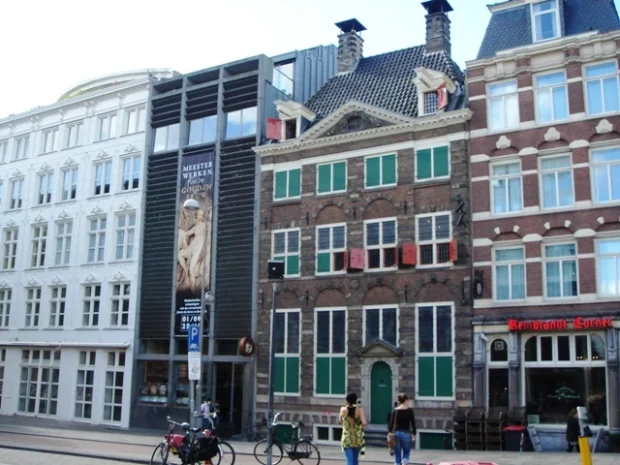
Living Like a Local: Customs and Etiquette
In Amsterdam, people value directness and respect. When entering a shop or café, a friendly “Hoi” (Hi) or “Goedemorgen” (Good morning) goes a long way. It is customary to greet shop staff or service people on arrival and thank them on leaving. Dutch people appreciate honesty and punctuality, so being on time is wise for any meeting or tour.
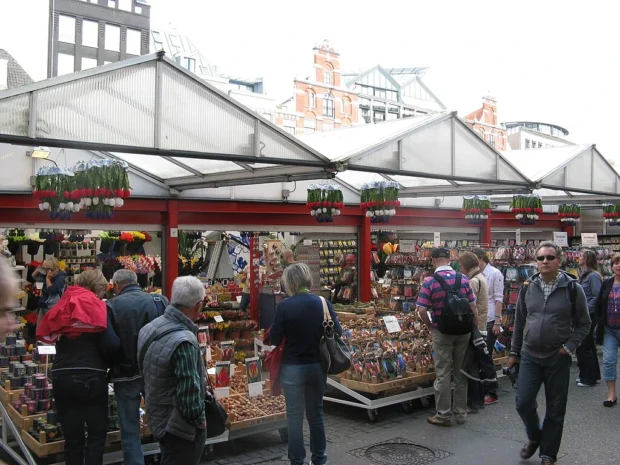
Public behavior remains calm and considerate; loud conversations on public transport or in restaurants are frowned upon. When cycling, remember to signal turns with a hand gesture-locals expect this and it keeps everyone safe. Also, avoid walking on bike lanes to keep the flow smooth for riders.

Hidden Corners and Quiet Moments
Beyond famous sights, Amsterdam offers quieter escapes. The Begijnhof is a peaceful courtyard with historic buildings, a hidden sanctuary in the busy city heart. Here, the stillness allows time to savor the centuries-old atmosphere and a tiny chapel that has survived since medieval times.
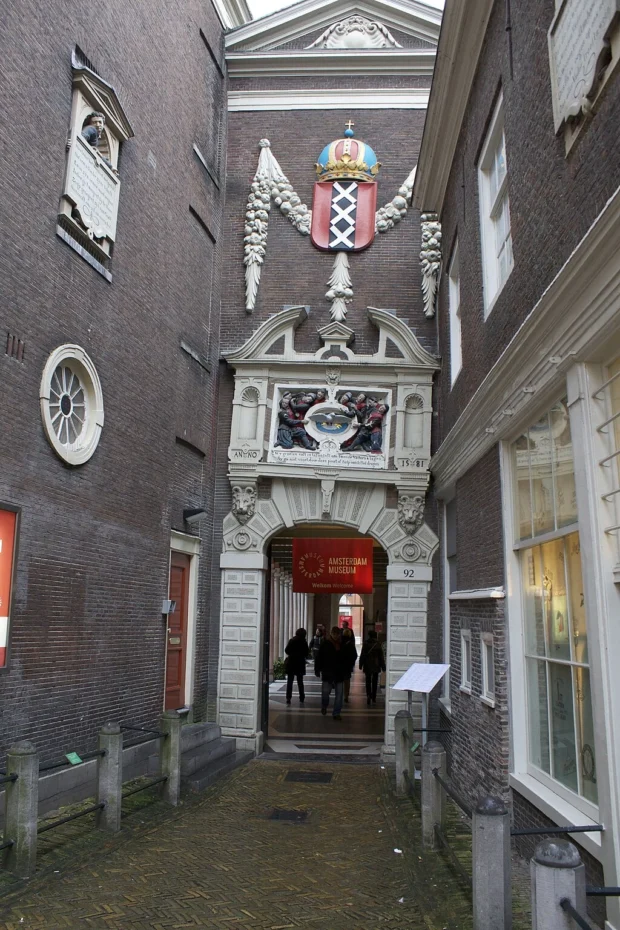
Another less-known delight is the De Hallen complex, a former tram depot turned into a cultural hub with food stalls, craft shops, and a cinema. Visiting this spot reveals a blend of old industrial charm and creative energy, a testament to Amsterdam’s ability to reshape spaces thoughtfully.
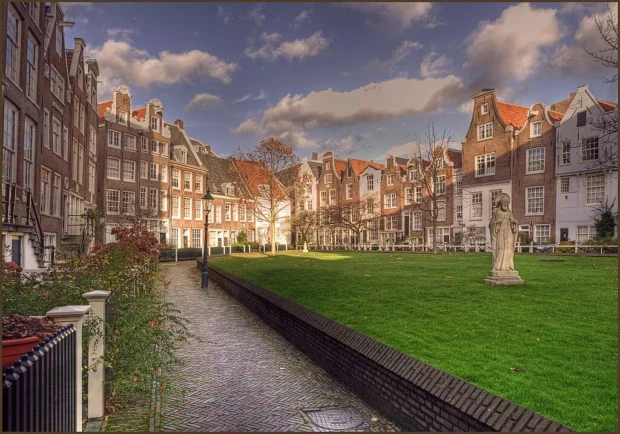
Why Amsterdam Feels So Special
Amsterdam’s appeal lies in its balance-a city that honours its past without becoming a museum, where lively neighborhoods and quiet canals coexist. Conversations with locals revealed a shared pride in openness and tolerance, values woven into daily life. Whether you sit in a café sipping coffee, join a market crowd, or watch the sunset over the water, the city invites reflection and pleasure alike.
For those intrigued by grand European palaces, the Nymphenburg Palace in Munich offers a stunning example of royal architecture and serene gardens to explore.
One local told me with a smile, “Doe maar gewoon, dan doe je al gek genoeg,” meaning “Just act normal, that’s crazy enough.” This phrase captures the city’s spirit: simple, genuine, and content with its own rhythm.
Amsterdam welcomes visitors with an open heart and gentle pace. Embrace its canals, tastes, and traditions, and you’ll carry a piece of its gentle wonder with you long after you leave.
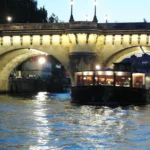
Lover of cities, local cafés, and historic streets, exploring urban life with attention to architecture and culinary delights.
- Amsterdam (NL), Herengracht — 2015 — 7174 by Dietmar Rabich on Wikimedia Commons – cc by-sa 4.0
- Rijksmuseum.Amsterdam by Beatriz Busaniche aka MotherForker on Wikimedia Commons – cc by 2.5
- Anne Frank House (Museum), Amsterdam 03 by Ank Kumar on Wikimedia Commons – cc by-sa 4.0
- Van Gogh Museum, Kurokawa wing by Sebastian Koppehel on Wikimedia Commons – cc by 4.0
- Amsterdam – Dam Square towards the train station by Lionster on Wikimedia Commons – cc by-sa 4.0
- Amsterdam, Vondelpark, at the pond-2 by Dguendel on Wikimedia Commons – cc by 4.0
- Amsterdam – the Canal Ring (8652262148) by Lies Thru a Lens on Wikimedia Commons – cc by 2.0
- Heineken Experience, Amsterdam (Ank Kumar, Infosys ) 14 by Ank Kumar on Wikimedia Commons – cc by-sa 4.0
- Amsterdam Royal Palace 1699 by C messier on Wikimedia Commons – cc by-sa 4.0
- Amsterdam – Prins Hendrikkade – View NE towards NEMO Science Center 1997 by Renzo Piano & Scheepvaartmuseum (Maritime Museum) 1656 by Daniël Stalpaert by Txllxt TxllxT on Wikimedia Commons – cc by-sa 4.0
- Bloemenmarkt-Amsterdam by Yair-haklai on Wikimedia Commons – cc by-sa 3.0
- Rijksmuseum from Museumplein 2523 by C messier on Wikimedia Commons – cc by-sa 4.0
- Amsterdam , Netherlands – panoramio (146) by Patrick Nouhailler's… on Wikimedia Commons – cc by-sa 3.0
- Begijnhof, Amsterdam by Bert K. on Wikimedia Commons – cc by 2.0
